Continuing discussions on counter-terrorism, the second day of the United Nations Security Council Counter-Terrorism Committee’s Special Meeting was held yesterday (October 29) in New Delhi. The first session of this counter-terror meet took place in Mumbai on October 28.
In the Mumbai session, the council members paid a visit to the 26/11 Memorial at Hotel Taj Mahal Palace in Mumbai. The visit was followed by External Affairs Minister Dr S Jaishankar’s inaugural address at the informal briefing on combating terrorism financing in local and regional contexts. Further discussions on the theme ‘Countering the use of new and emerging technologies for terrorist purposes’ were held in the meeting.
EAM Dr S Jaishankar delivered the keynote address at the Plenary Session of the Special meeting. In his address, he noted that despite the UNSC’s effort in developing an architecture against the menace of terrorism, its threat is still growing.
“The threat of terrorism is only growing and expanding, particularly in Asia and Africa, as successive reports of the 1267 Sanctions Committee Monitoring Reports have highlighted,” he said.
Technology and Terrorism
As the theme of the special meeting suggests, all the members got together to deliberate on the use of new and emerging technologies in terrorism. The world’s functioning has been completely altered by technological advancements and developments over the last two decades.
The cutting-edge technologies, which range from virtual private networks and encrypted messaging services to blockchain and virtual currencies, provide a very bright future for humankind’s economic and social advantages. But, every coin has two sides. It’s the same with technology when terrorism is concerned. The EAM mentioned the challenges that arise due to the use of technology by terrorists and how they have significantly enhanced their capabilities.
“They use technology and money, and most importantly, the ethos of open societies, to attack freedom, tolerance and progress. Internet and social media platforms have turned into potent instruments in the toolkit of terrorist and militant groups for spreading propaganda, radicalization and conspiracy theories aimed at destabilizing societies,” he said during his keynote address at the special meeting.
The minister also shed light on the increasing use of unmanned aerial systems by terrorist groups. Talking about the issue, he further added, “ Being a relatively low-cost option and with an increasing ease of accessibility, misuse of these unmanned aerial platforms for nefarious purposes by terrorist groups such as weapons and explosives delivery and targeted attacks have become an imminent danger.” According to him, the possibilities of using weaponized drones for terrorist attacks against strategic, infrastructure and commercial assets of nations require serious attention by the Member States of the UNSC.
Sharing India’s experience of the 2008 Mumbai attacks where the country saw the use of Voice over Internet Protocol (VoIP) by terrorists, the EAM also talked about the attacks on other countries. He mentioned the cross-border drone attacks on the UAE and Saudi Arabia and the use of drones to monitor UN Peacekeeping troops’ movements in Africa. He reaffirmed India’s commitment to strengthen international efforts in the fight against terrorism and combating the use of new and emerging technologies.

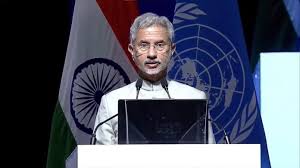
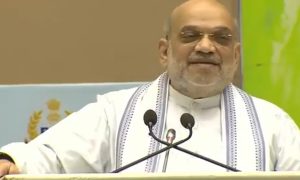

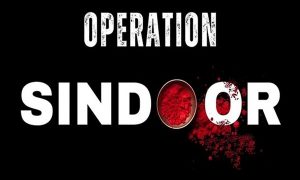

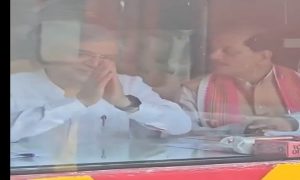





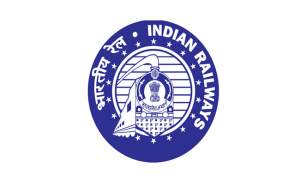



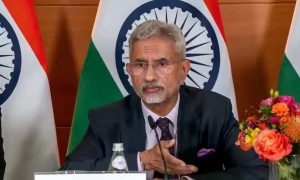

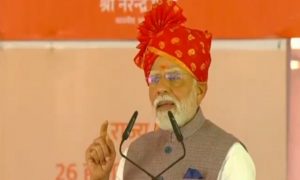

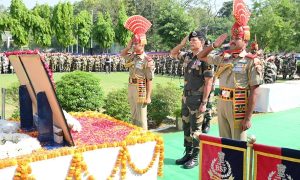

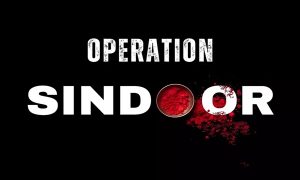

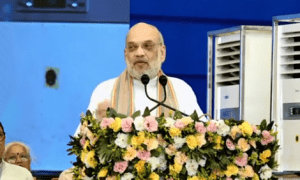

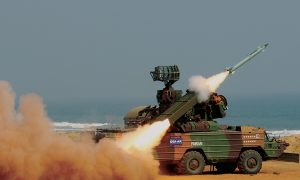

 WhatsApp us
WhatsApp us